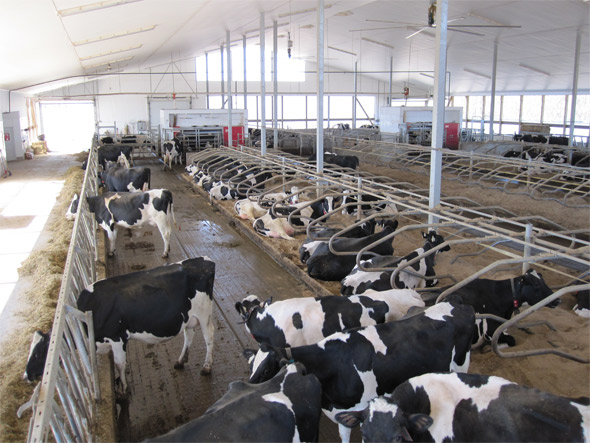According to a poll by Farm and Food Care, many farmers are concerned about animal welfare. But it’s not the welfare of their own animals they are worried about; it’s how they are perceived by the general public.
Both farmers and non-farmers that live in rural areas, the people closest to farms, don’t believe animal welfare is a concern. In a recent survey by the Rural Ontario Institute, those with a stake in rural Ontario said job opportunities, accessibility to health services and the cost of electricity were among their top interests. Even consumers think animal welfare ranks below other issues like food safety when it comes to sustainable agriculture. But a recent slew of activist videos that show the very worst three minutes of footage accumulated over months of undercover work still rattle farmers, food companies, and consumers. The videos often go viral, with potentially tens of thousands of people watching and causing irreparable damage to the industry. Producers know these videos do not represent the sector as a whole, and many take steps to prevent it from happening. Among those working to create research-based codes of practice are experts at universities and National Farm Animal Council. Codes of practice have been developed for 14 livestock commodities that cover many of the hot animal welfare topics. These codes are reviewed and updated to keep them current with new research.
Allowing farmers to contribute to these codes of practice is key. They will be more likely to put the regulations into practice, and being a part of the process takes the fear of decision makers with little or no background in agriculture making impractical decisions. A proactive approach to animal welfare combined with informing the public of their actions is the best way for farmers to continue to improve animal welfare.


